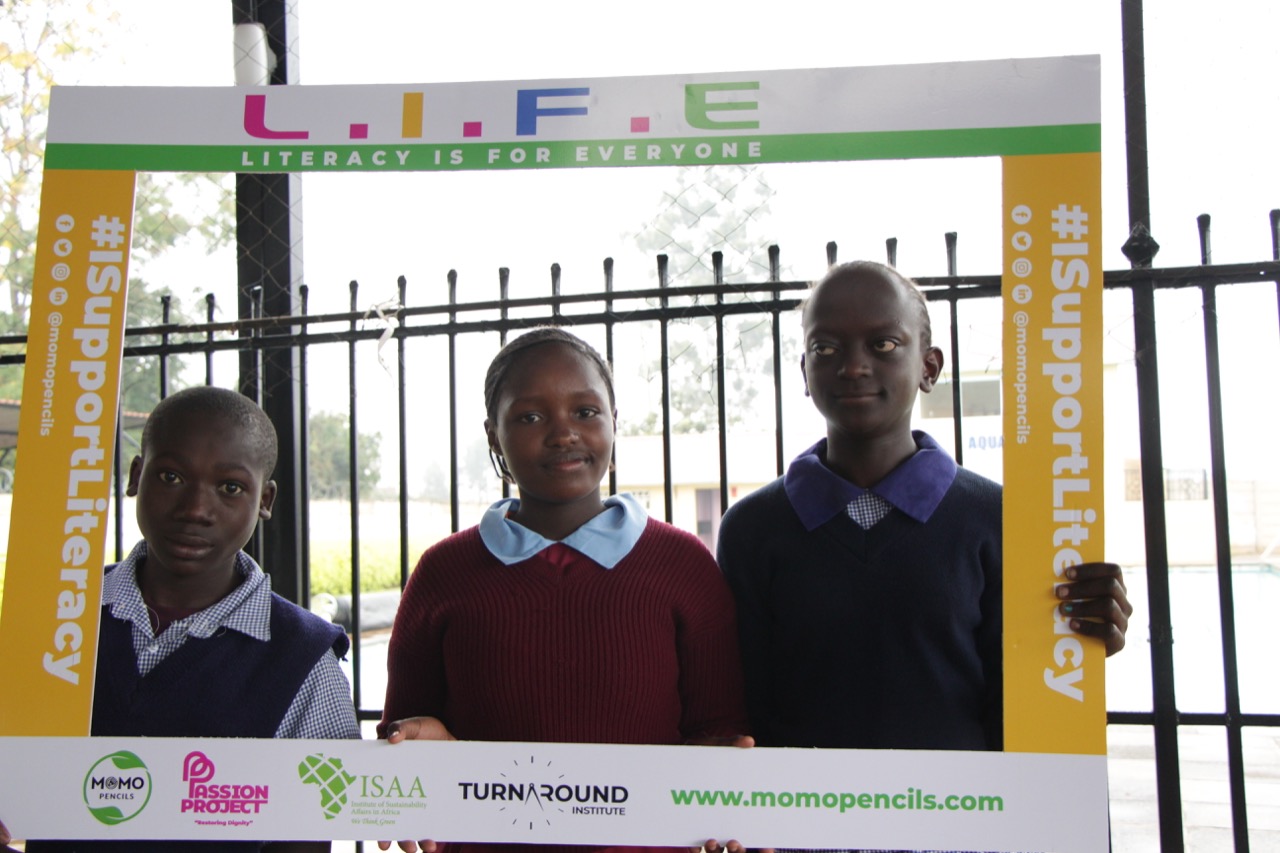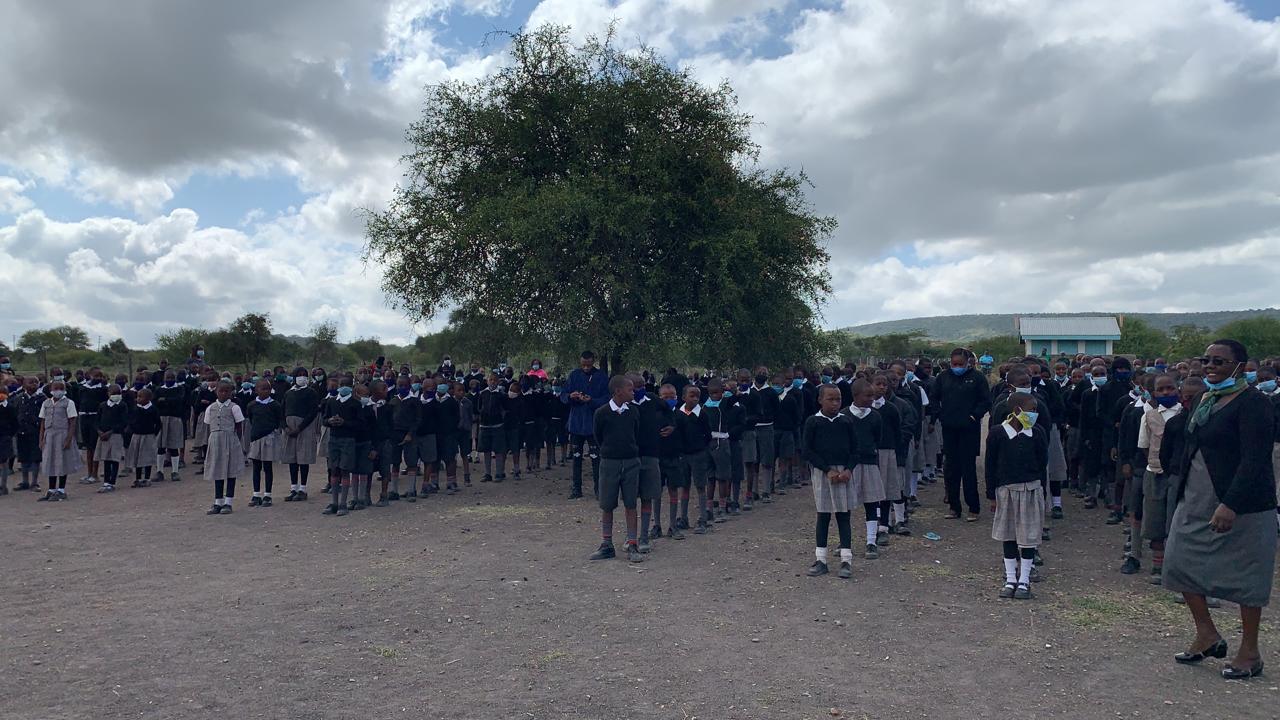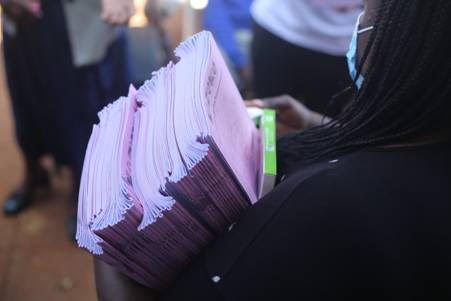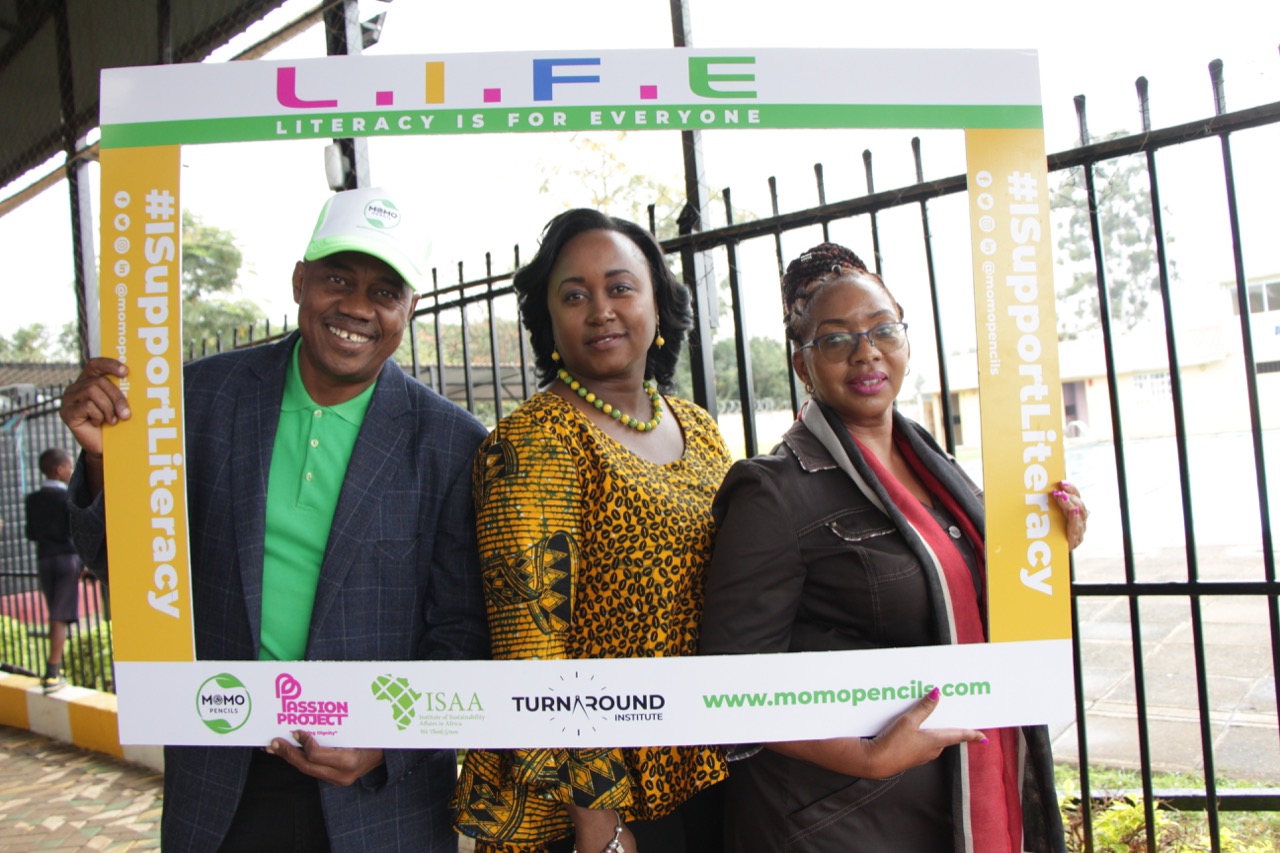
08 Sep MILESTONES ACHIEVED IN THE EDUCATION LANDSCAPE IN AFRICA
International Literacy Day is observed yearly on 8th September to raise awareness and concern for literacy problems that exist within the education sector both locally and internationally. International Literacy Day was founded by proclamation of The United Nations Educational, Scientific and Cultural Organization, or UNESCO, in 1966 “to remind the public of the importance of literacy as a matter of dignity and human rights.”

Major Challenges
Being educated is a basic human right and while many now have access to education in Africa, there are still many challenges that need to be addressed. Of the children that get the opportunity to attend school in Africa, a majority cannot still read or write. Statistics show that majority of the children that spend time out of school around the world live in Africa. They are constantly out of school due to lack of school fees and uniforms.
Achieving 100% literacy levels in Africa is hindered by many factors. The issue of limited resources and overcrowded classrooms due to infrastructure seems to cut across board in majority of African countries. As more and more children seek to enroll in school, there is need to build more classrooms and provide electricity especially in rural schools. The situation is so bad that some children even take classes under trees.

Pupils of Daystar Mulandi School assembled for their environment day
Most parents are also not able to take their children to private school most of which are very costly but are properly funded and provide a conducive learning environment for quality education due to proper infrastructure. Majority of children end up attending public school. To access these schools which are scattered across the country, learners are forced to walk for several kilometers to and from school. This sometimes leads to discouragement and eventually fatigue forcing some learners out of school. This has brought about inequality as children from well to do families have access to quality education and the rest have to do with what the government provides.
The problem of inadequate number of teachers to cater for all the learners cannot be ignored. With classrooms in Kenya registering as many as 80 students, the ration of 1 teacher to 80 students becomes unrealistic. Weak students in such a scenario suffer more because 1 teacher cannot adequately reach to each student to help them in case they are lagging behind. Poverty has also played a big role in hindering learners. Lack of food at home has forced students out of school in order to look for work or do menial jobs to earn a living. Those who manage to go to school suffer from malnutrition due to lack of lack of food due to prevalent poverty conditions.

Pupils posing for a photo during the world literacy day
For a long time, the rich culture and tradition of the African people proved a hindrance to achieving education for all children. Some tribes did not allow girls to go to school and felt that their place was in the kitchen or at home taking care of the home and learning how to become a future wife. Some tribes practice nomadic living where they spend a lot of time away from the home looking for pasture for their livestock. Because they are constantly on the move, it then becomes impossible for children from such backgrounds to stay in school.
Solutions and Achievements
A lot of effort has been put into ensuring that the African Continent becomes literate. Agenda 2030 and its Sustainable Development Goal 4 seeks to ensure inclusive and quality education and promote lifelong learning for all. Literacy also needs to comply with the targets of the African Union’s Agenda 2063 which is to make education a priority sector for the continent’s development.
The future success of the African continent lies to a large degree in its ability to hone the skills and talents of its ever-growing youth population. Attaining universal primary education will go a long way in helping Africa lift itself out of abject poverty. Several organizations are rising up and holding hands to ensure that every child who goes to school sits in a proper classroom and has adequate learning materials.

Nairobi Football Sevens Series – NF7’s representative distributing exercise books and Momo Pencils to pupils
Effort has intentionally been put in place to ensure that more African children go to school. A majority of governments in Africa and particularly in Kenya now offer free primary school Education. This is to ensure that all the children including those from marginalized communities have an equal opportunity to go to school. The effort has indeed paid off because Africa’s current primary school enrolment rate is now above 80% on average, with the continent recording some of the biggest increases in elementary school enrolment globally in the last few decades. This is according to the United Nations Educational, Scientific and Cultural Organization (UNESCO), which is tasked with coordinating international cooperation in education, science, culture and communication. More children in Africa are going to school than ever before.
Projects like Sun Books in Africa developed by the World Literacy Foundation started the development of an EdTech project to provide quality educational resources to children in regional and remote communities through the use of sustainable, solar-powered technology. Statistics show that more than 9,927 children have benefited from this project. Organizations like Global Partnerships have invested funds in a bid to bring transforming education to the underprivileged. Other international organizations like Book Aid International, Africa Educational Trust, World Literacy Foundation and the Global Education Summit among many others have developed programs and availed resources meant to partner with African School in order to avail books in school or provide reading materials to African children at no cost.
Closer home, organizations like the African Library Project are helping children to read and learn by collecting and donating books to these children. The education landscape is quickly changing with organizations like MO & MO Company through the program ‘Hope for Literacy’ contributing in the provision for quality education. The Hope for Literacy Campaign seeks to donate pencils to children from marginalized communities through funding from partners. Through these sponsorships, MO & MO Company Ltd has been able to donate Momo Pencils to over 5,000 children. The program continues to expand as more partners come on board.

MO & MO Group CEO Mahamud Omari and partners during celebrations of world literacy day.
Through such partnerships, the unequal education landscape is gradually changing and more children now have access quality education in Africa.
The rise of online learning
Online learning has quickly taken root in African schools with most primary and secondary schools embracing this mode of learning. For some, it is a cost-effective alternative to accessing formal education while for others; it is a foreign concept that can only be dreamt of. For those in the urban areas or those with easy internet access, it is as easy as logging in and continuing with the zoom classes. For others however especially in marginalized and poor neighbourhoods, it is a mirage accessing online education.
Online learning is now being seen as the next big thing in the education sector in Africa. The Covid 19 pandemic changed the mode of learning as we know it. Because of the nature of the disease and how it spreads, it became necessary to adjust the way students interact in school including with their teachers. As the disease continues to spread, more teachers and learners are embracing online learning as an acceptable form of a classroom setting.
It is no secret that online learning is quickly becoming popular because of the advantage of convenience it offers both students and parents. Depending on how one chooses to look at it, students who have to cover long distance to go to school may find online learning advantageous since it tackles a number of barriers including travel time, school cost, and labor schedule. It is a known fact that the most important determinant of primary school enrollment is proximity.
Please share or leave a comment.



No Comments